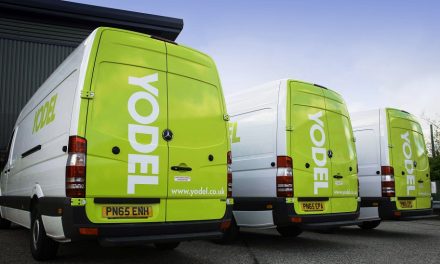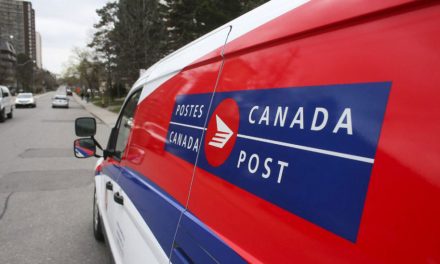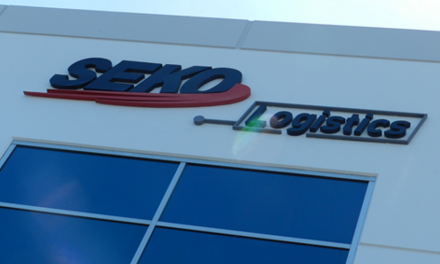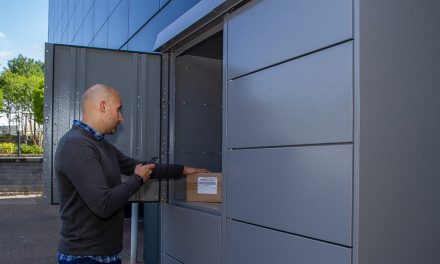
Delivering First Time – How Established Post Continues to Compete
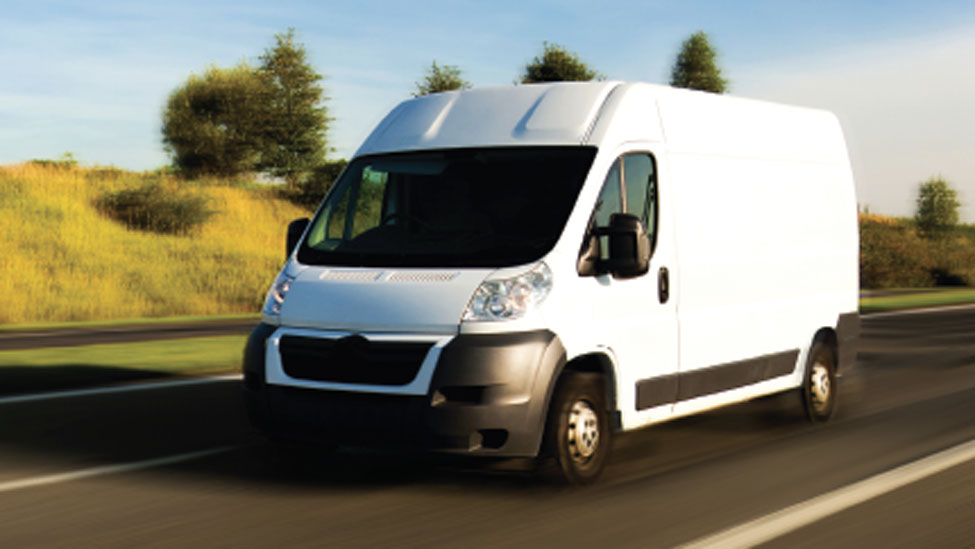
By Jon Suddards, Business Development Director at ALK Technologies.
Recent studies indicate that up to 50 percent of parcel delivery cost is directly attributable to the last mile. On this basis, only delivery on the first attempt makes a journey profitable.
Faced with business challenges such as erosion of the post and delivery market by new incumbents, shortages in delivery personnel and a complex legacy back office infrastructure, how can new technology help established post and parcel organizations take on the competition, while improving their rates of successful first time delivery?
It starts with the efficient use of route visualization and optimization tools. Working in conjunction with existing legacy planning applications, a company dispatcher can design an entire delivery route that has the added advantage of taking into account both current and historic traffic data. This way the dispatcher can view in advance what will be a realistic delivery schedule, viewing any potential bottlenecks and re-balancing the load by allocating deliveries to alternative drivers.
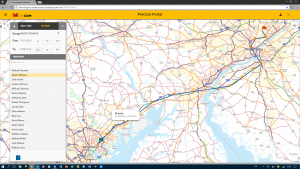
A significant technology enhancement lies in the mapping data. The route planning visualization tool and navigation app on the delivery driver’s mobile computer use the same maps source. Managers can easily compare planned versus driven routes when it comes to driver debriefing.
With every delivery stop planned and optimized in advance, the route can be sent remotely to a driver’s device. With options to utilize local knowledge, the driver can further refine the route by re-ordering some of the stops, as well as efficiently manage unexpected events. For example, a customer might require a last minute change to delivery meaning the driver can remove this stop from their route.
It is at this point where significant last mile delivery advantage can be gained.
When the driver accepts the route on his mobile computer, it triggers the generation of a one hour ETA time window that is associated with each stop. The software in the device can then notify the end-customer, as well as send back the information into backend planning systems.
Companies deploying this technology have demonstrated that by sending an end-customer a one hour window via email or SMS can result in a first time delivery rate of up to 98%.
Out on the road, navigation becomes a simple single push of the button between stop off points, with the dispatcher able to review progress and any changes to ETA in real time.
In addition, the use of navigation has proven to help new delivery drivers reduce training time significantly, taking days rather than weeks to become fully productive. This in turn helps to increase the number of available full time and contract personnel, crucial at times of peak delivery.
The responsibilities of the delivery driver have evolved overtime into a full on customer facing role and besides their van, the single most important tool of the trade is their mobile computer.
Beyond navigation and proof of delivery, drivers are often assigned additional tasks on site. A few examples include handling returns, taking mobile payments and requesting authority to leave a site on task competition.
With the expansion of complex tasks to perform and a tight delivery schedule in which to achieve last mile delivery success, it would be easy to imagine that a significant investment in back end systems is required to accommodate the needs of the delivery driver’s mobile computer.
Fortunately, this is not the case.
Sophisticated middleware can connect a driver’s device with legacy systems negating the need to do a wholesale ‘rip and replace’ of existing applications and hardware.
With this in place, the more established companies in the post and parcel sector can become more agile in today’s competitive market while still leveraging their investment in existing systems.
Like to find out more? Visit PocketMobile at: www.pocketmobile.se
About the author:
Jon Suddards, Business Development Director at ALK Technologies, has an MSc in GIS and over 15 years experience in the mobile solutions industry.
For the past eight years, Jon has focused on the Post, Parcel and Courier sector, with notable success in Europe, the Middle East and Australia.

